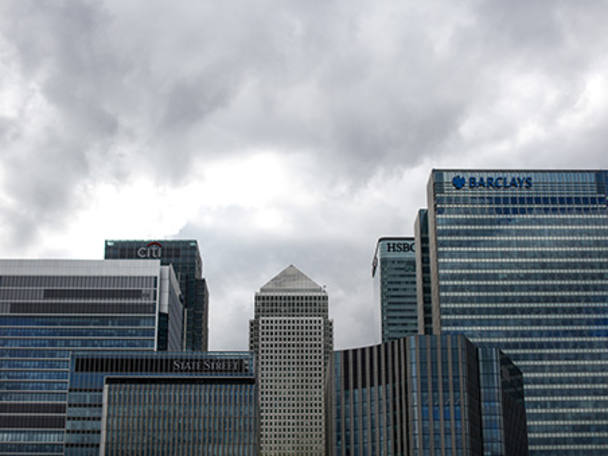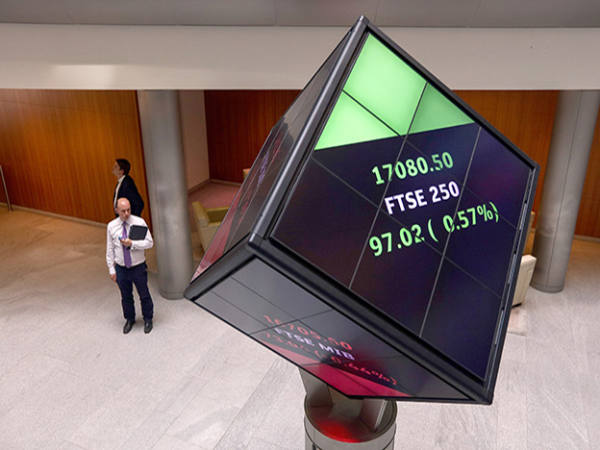Shares in emerging markets-focused banks are trading at near-12-month highs. But third-quarter trading figures show that an uncertain macroeconomic environment and weak returns on equity abound.
HSBC (HSBA) surpassed market consensus expectations by increasing its common equity tier one capital (CET1) ratio - regulatory capital as a proportion of total risk-weighted assets (RWAs) - to 13.9 per cent from 12.1 per cent at the end of June. This was as a result of selling its Brazilian operations, which reduced the group's RWAs by $40bn (£32bn). HSBC is now more than 80 per cent of the way to hitting its RWA reduction target.
This improved capital generation is good news for the maintenance of the group's dividend. However, Shore Capital analyst Gary Greenwood says that, while a cut in the dividend is now less probable, an uncertain macroeconomic environment could still put pressure on adjusted earnings. "The problem that Standard Chartered and HSBC have is their return on equity is below their cost of equity," says Mr Greenwood. Shore Capital still forecasts a dividend cut in 2017.
Standard Chartered (STAN) halved its impairment losses on loans to $600m in the third quarter, on a year-on-year basis, but stresses in its end markets remained. While operating income was down 6 per cent year on year to $3.5bn, this meant adjusted pre-tax profit improved to $458m compared with a loss of $139m.
At the half-year stage, management at both global banking groups downgraded their guidance for returns on equity. Tough economic conditions in its core markets and expectations of a sustained period of low interest rates prompted HSBC chief executive Stuart Gulliver to remove the timetable for achieving its target 10 per cent return on equity by the end of this year. Meanwhile, management at Standard Chartered said it would take longer than expected to hit the 8 per cent return on equity mark previously expected by 2018.
Lloyds (LLOY) also beat market expectations by increasing its tier one capital ratio pre-dividend by 60 basis points to 14.1 per cent, with management expecting a 160 basis point bump over the full year. Mr Greenwood is forecasting a dividend of 2.55p a share for the full year and a special dividend of 1.45p a share.
The bad news was that the bank's defined-benefit pension scheme swung to a net deficit of £740m from a surplus of £430m. Management said this was more than offset by the benefits of changing the way it holds gilts in its liquidity portfolio. "Whereas the change in gilts accounting was a one-off, we see the swing from net pension surplus to deficit as the beginning of a longer-term trend - that could lead to bigger hits to CET1," says Cenkos analyst Sandy Chen.
Provisions for past mis-selling of payment protection insurance continued to blot the balance sheets of Lloyds and Barclays (BARC), which booked sums of £1bn and £600m respectively.











